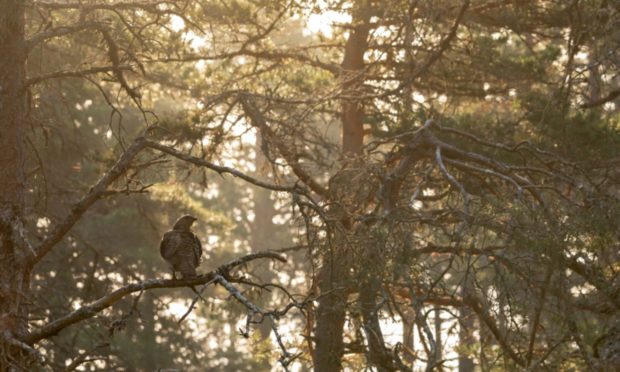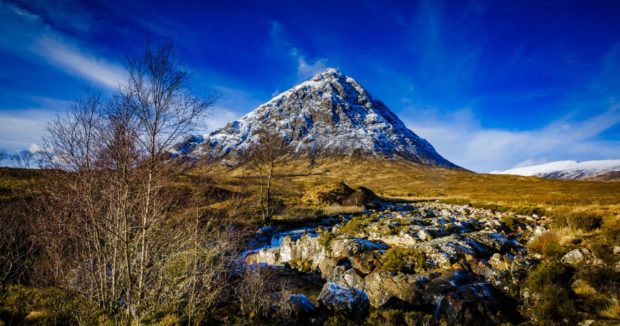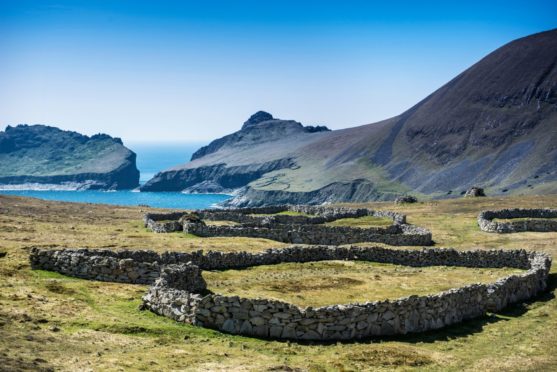Thousands of sites across Scotland have been granted special protection to protect the rich and varied natural wonders of the country.
There are several designations an area can be given to guarantee its protected status, including Sites of Special Scientific Interest, Special Protection Areas and Ramsar sites.
Other designations include National Scenic Areas, National Nature Reserves and Marine Protected Areas.
Sometimes a site is given more than one of these statuses.
The status provides protection for the homes of numerous animal and plant life in Scotland.
Sites of Special Scientific Interest
Designated by government body NatureScot, there are 1,422 Sites of Special Scientific Interest (SSSI).
This covers more than 1 million hectares of land throughout Scotland.
NatureScot consider sites that best represent Scotland’s natural heritage, taking into account the wildlife, flora, geology and more.
One of the largest is the Cairngorms National Park.
Once a land has SSSI status, it is an offence for anybody to damage its natural features.
Ramsar
Ramsar sites are an international agreement to protect vital wetlands.
It was agreed in 1971 in Ramsar, Iran. The UK signed up in 1976.
Its mission is to ensure the “conservation and wise use of wetlands” through local and national action.
There are more than 2,200 Ramsar sites globally, 51 of which are in Scotland.
Within Tayside and Fife, these include Rannoch Moor, the Firth of Tay and Eden and Montrose Basin.
Protecting birds
Special Protection Areas (SPAs) are selected to offer protection to rare birds.
These include the Outer Firth of Forth and St Andrews Basin, Loch of Kinnordy and South Tayside Goose Roosts.
Once an site is declared a SPA, officials are duty bound to safeguard the habitat of threatened birds.
The designation falls under European Union law, but NatureScot has said Brexit will not affect the status of existing sites.
Similarly, Marine Protected Areas offer protection to fish in waters such as the Firth of Forth Banks Complex, off the east coast of Fife, Angus and the Lothians.
Scotland is also home to a Unesco World Heritage Site in St Kilda, off the west coast. The archipelago is owned by the National Trust for Scotland.
While not recognised for their natural wonder, Scotland also has World Heritage Sites in Edinburgh’s New and Old Town, the Forth Bridge and more.


